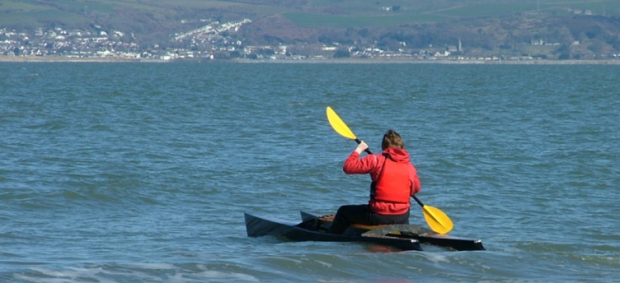Types of Canoes to Suit Every Need and Budget
Canoeing is a sport that people of various ages, athletic skills, and backgrounds may enjoy. Canoeing is one of the oldest modes of transportation, and it is primarily used for leisure purposes in the first world today.

The majority of people probably believe that all canoes are the same. Most people may recall paddling a family canoe on summer trips and believing there is just one type of canoe. In reality, there are varieties of canoes available for diverse uses and requirements.
Kinds of Canoes
There are different kinds of canoes available in the market. The majority of these can be divided into the following categories.
Recreational Canoe
The most prevalent canoes are those designed for recreational use. These canoes are sturdy and long-lasting. They’re usually made of plastic or aluminum and don’t have any frills.
These would be the canoes you find in sports stores and as a fleet in lakeside rental and summer camps. A recreational family canoe is a good choice if you want a versatile canoe to paddle around the local lake. These canoes are tough and maybe left outside without fear of them being damaged.
Canoes for Intermediate and Advanced Paddlers
This type of canoe is a step up from the traditional recreational canoe. The design and craftsmanship of the kayaks differ from that of their cheaper versions. Canoeists will wish to upgrade a plastic or aluminum canoe, as well as the designs that typically follow.
Advanced level paddlers always tend to switch to Light materials with a faster design and more comfortable facilities on their canoes.
These upgraded boats can certainly be purchased from a local canoe outfitter or sporting goods store, but many reliable versions are available online. These are the intermediate canoes used by canoeists for bird watching and fishing.
Canoes for Whitewater
Canoes specially designed for whitewater and river kayaking are also available as a viable option. These canoes have a bit of rocking and have high sides to keep the water out. The curve from bow to stern is referred to as rocker.
They also have flattened bottoms, which allows them to turn faster but has a negative impact on tracking and the capacity to paddle straighter. Whitewater canoes also include float bag attachment points in the stern and bow. When the canoe takes on water or flips over, as is common in whitewater kayaking, these float bags save it from sinking.
The seat of these canoes has been built to allow for kneeling. This keeps the canoeist’s center of gravity low in the boat and allows for more forceful paddling.
Canoes in Competition
Since 1924, canoeing and kayaking have been Olympic sports. Canoe racing is divided into two categories: flatwater and slalom (whitewater). Racing canoes are reserved for a select group of canoeists and are therefore uncommon.
These canoes are composed of lightweight materials, including fiberglass, Kevlar, and multi-material composites. Racing canoes are narrow at the beam, track extremely well, and are “tippy” for inexperienced paddlers. Whitewater slalom canoes, like kayaks, feature closed decks and spray skirts.
Final Thought
Every one of these categories above indicates distinct styles of paddling and kayak types. It’s worth noting that all of the canoes in the preceding categories can be bought for solo paddlers or with another person. Canoes designed for one person to paddle are known as solo canoes.
They are typically smaller and slimmer to allow for an easier transition from one side to another during paddling. Tandem canoes are designed to be paddled by two individuals at the same time. These are generally more popular, speedier, and simpler to paddle for novices.
